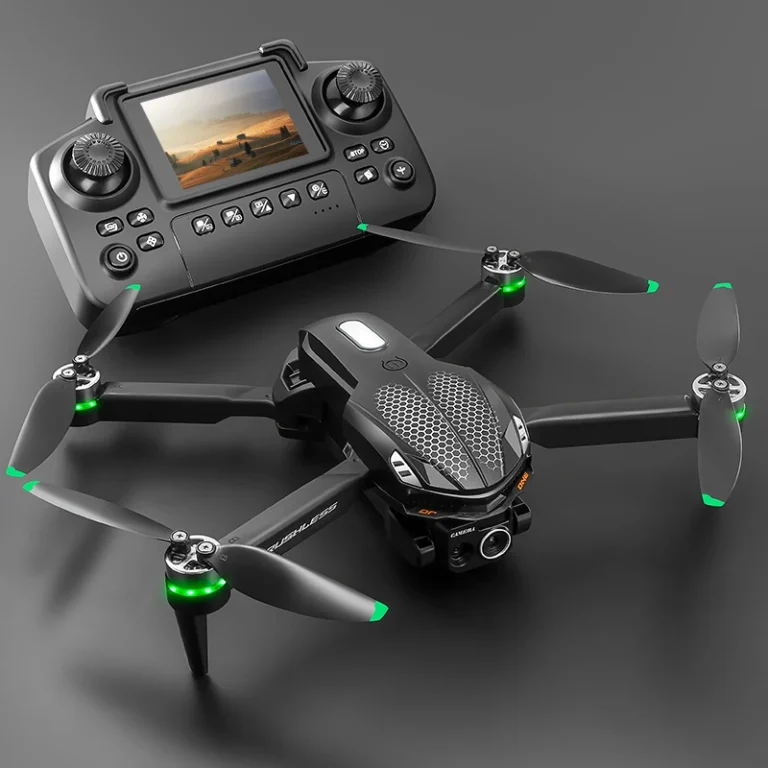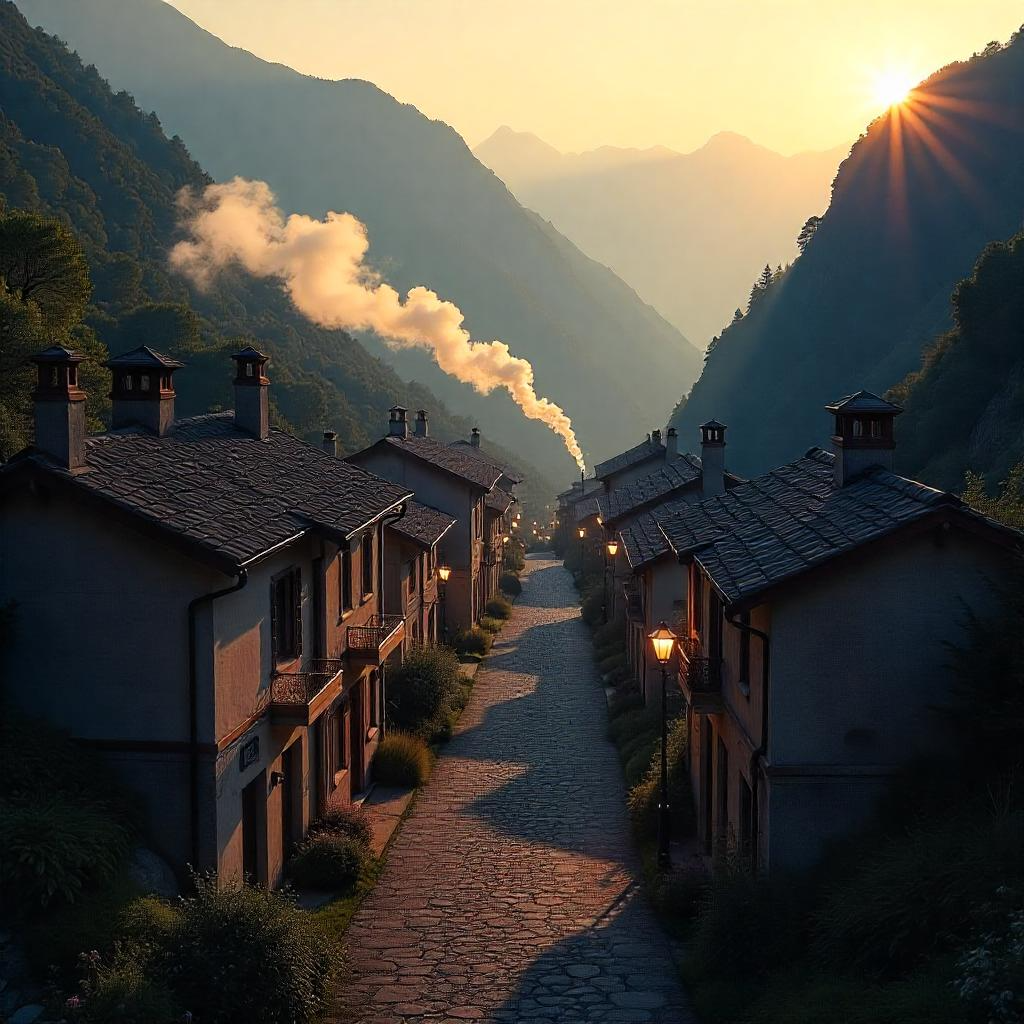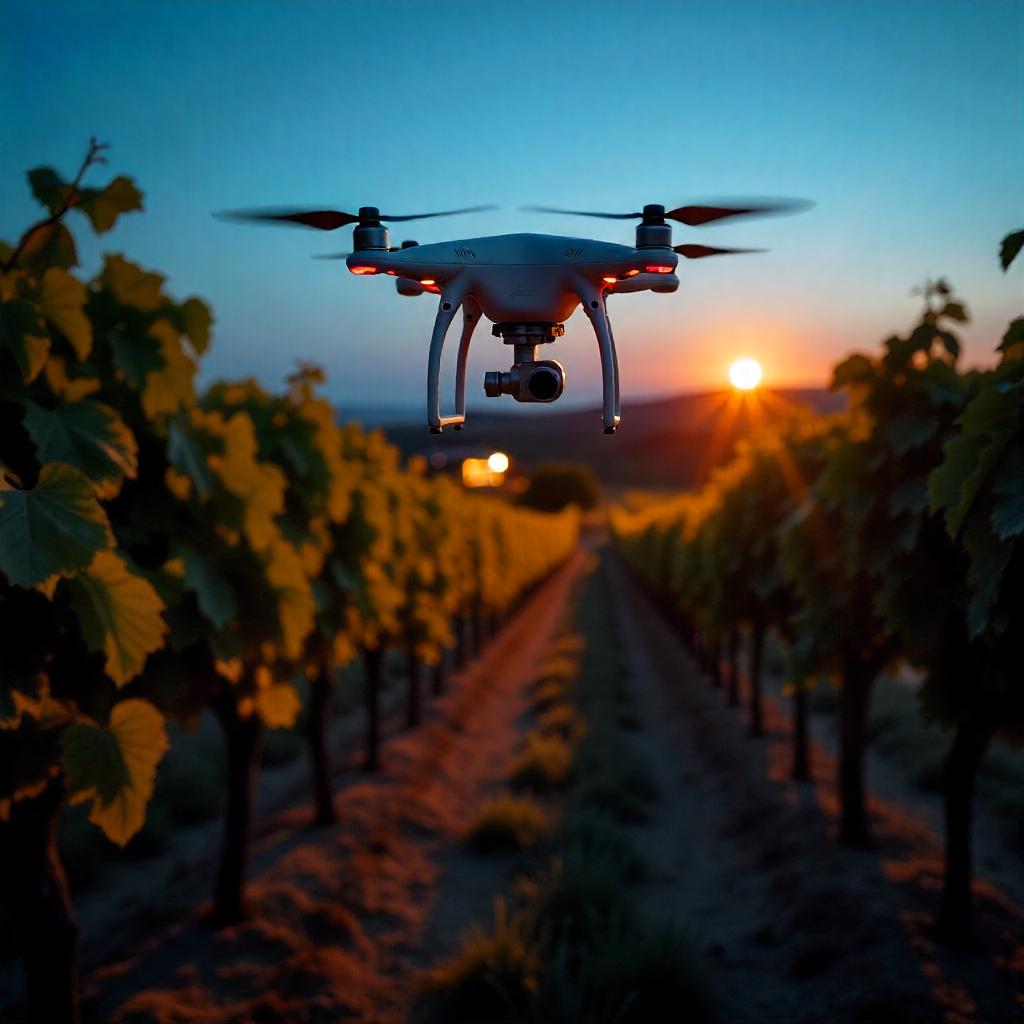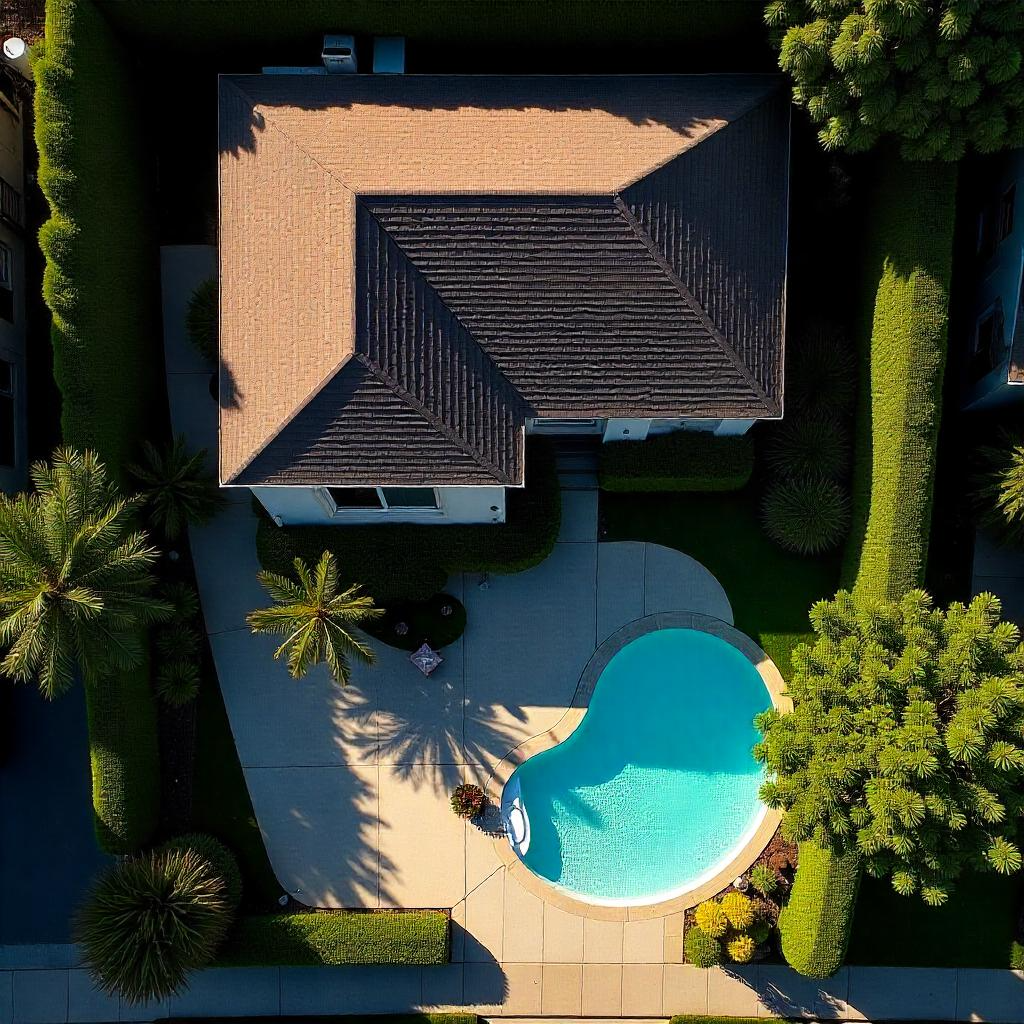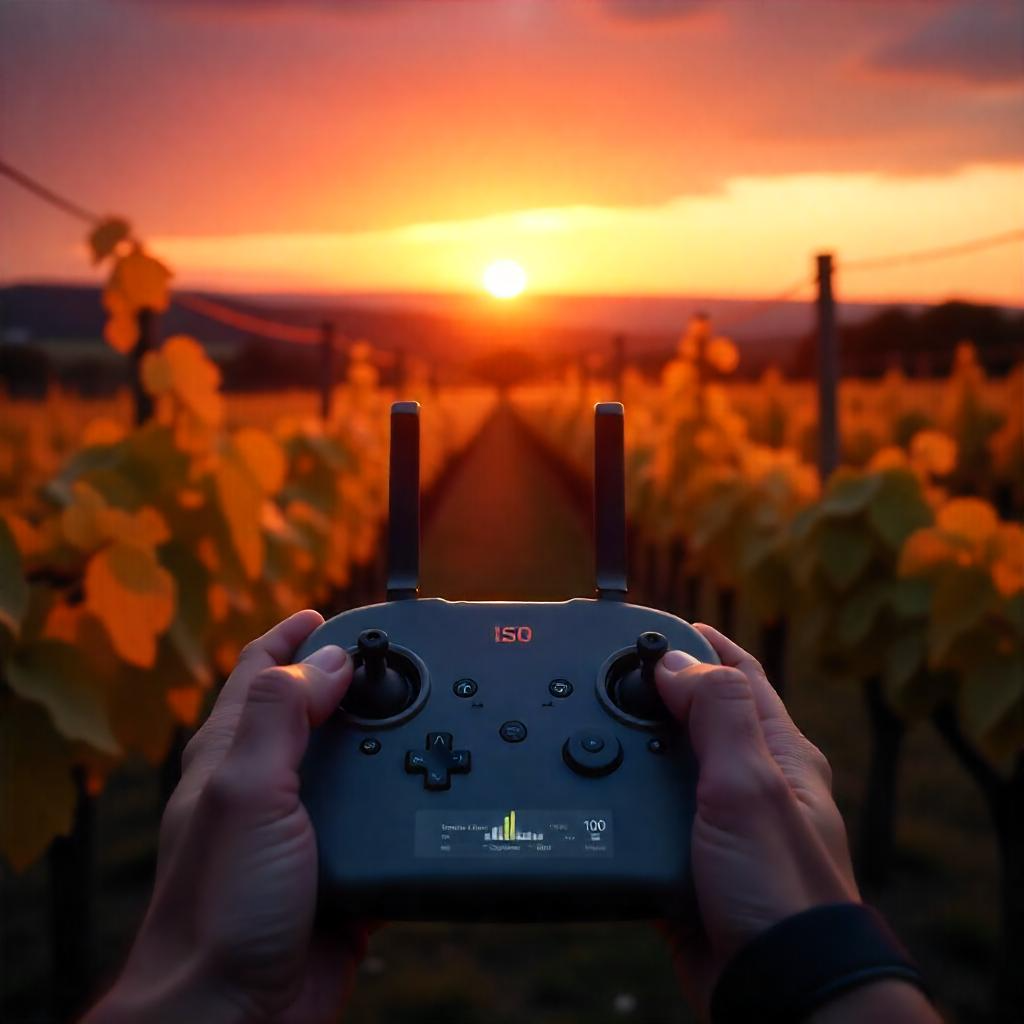Table of Contents
ToggleAerial Photography with Drones: A Complete Beginner’s Guide to Cinematic Shots
In today’s digital world, nothing captures attention like a bird’s-eye view. Whether you’re shooting landscapes, property listings, or cinematic sequences, aerial photography with drones has become a powerful and accessible skill.
But where should you begin? How do you get smooth, professional-looking shots without years of experience?
In this beginner-friendly guide, you’ll discover practical drone photography tips, pro-level camera techniques, and essential pre-flight steps to make every shot count.
Looking for buying advice? Don’t miss our guide on the Best Drones to Buy, from budget picks to premium models.
Why Drones Are Perfect for Aerial Photography
Drones offer something handheld cameras never can perspective. From cinematic top-down angles to dramatic glides across real estate or nature, they’ve completely changed the way we tell visual stories.
Newer models like the DJI Mini 3 Pro, Mavic 3 Pro, or even lightweight drones like DJI Mini 2 SE make it easier than ever to shoot crisp, detailed photos and 4K videos.
Essential Drone Photography Techniques
1. Use Rule-of-Thirds Composition
Turn on your grid overlay to align subjects properly and avoid awkward centering.
2. Move Smoothly, Not Suddenly
The secret to cinematic drone shots lies in gentle joystick movements. Avoid sudden turns or altitude changes unless you’re going for action-style footage.
3. Combine Low Altitude with Sideways Motion
Low-level flybys can look more immersive than high shots. Try slow horizontal motion while gradually ascending for a parallax effect.
4. Add Layers to Your Shot
Incorporate foreground (trees, buildings), middle (subject), and background (hills, sky) to add depth and realism.
Drone Photography Tips for Real Estate Shoots
Drones are transforming real estate marketing. Well-shot aerials can show off the property, neighborhood, lot size, and landscape all in one frame.
Highlight Property Boundaries
Fly around the perimeter to showcase space and layout. Maintain slow and steady movement.
Include the Neighborhood
Buyers want more than the home; show nearby roads, schools, parks, or water views when applicable.
Capture the Home’s Features
Use top-down and angled perspectives to show off outdoor spaces, pools, garages, or roof quality.
Smart Camera Settings to Boost Image Quality
Getting the most out of your drone’s camera is about balancing technical settings with natural light.
- Photo Mode: Shoot in RAW if your drone supports it
- Video Resolution: Use 4K for maximum clarity
- Frame Rate: 30fps for smooth general motion; 60fps for slow-mo.
- Color Profile: Shoot flat (D-Cinelike or D-Log) for flexible editing
- ISO & Shutter: Keep ISO low (100–200). Shutter speed ideally 2x your frame rate.
Pre-Flight Checklist for Better and Safer Shoots
Neglecting pre-flight setup can ruin even the most beautiful location. Here’s what to check every time:
- Battery levels (drone + remote)
- SD card storage and formatting
- GPS signal lock
- Compass calibration
- Obstacle avoidance sensors activated
- Check wind and weather conditions
Always keep the drone within visual line of sight and obey local airspace regulations.
Best Drones for Aerial Photography in 2025
Here are some top recommendations trusted by aerial photographers:
DJI Mavic 3 Pro
Professional-grade with advanced obstacle avoidance and outstanding image quality from its triple-lens camera system.
DJI Mini 3 Pro
Great balance between portability and performance. Lightweight, under 250g, with 4K video and excellent vertical shooting.
DJI Mini 2 SE
An affordable entry-level drone with good battery life and solid camera performance for casual use.
Need more? Dive into our detailed review on the Best Drones for Aerial Photography to compare models across price ranges.
Common Mistakes Beginners Should Avoid
- Flying too high, too soon: Stay low and slow until you’re confident
- Over-editing photos: Let the natural lighting and angles do the work
- Shooting in harsh daylight: Early morning and golden hour give the best results
- Not updating firmware: Always keep your drone and app updated for smoother performance
FAQs: Aerial Drone Photography
- Is drone photography hard to learn?
Not at all. With modern drones like the DJI Mini series, it’s beginner-friendly. Flight stabilization and smart controls make it easier than ever. - Do I need a license to do aerial photography?
This depends on your country. For hobby flying, most lightweight drones don’t require a license. For commercial work (like real estate), a basic license may be required. - How much flight time should I expect for aerial photography?
Modern drones offer between 20–40 minutes of flight time per battery. Carrying extras is recommended for extended sessions. - Can drone photography be used professionally?
Absolutely. From weddings and travel content to real estate and commercials, drone photography is in demand across industries. - What’s the best drone to start aerial video production?
The DJI Mini 3 Pro is one of the most recommended for both photo and aerial video work due to its versatility and intelligent flight features.
Final Thoughts
Mastering aerial photography with drones doesn’t require a film degree or $5,000 camera rig. All it takes is a solid drone, basic technical knowledge, and a creative eye.
And remember, your first few shots don’t have to be perfect. Practice, plan your routes, use the right light, and keep learning.
And if you’re still unsure about which drone is right for you, check our ultimate guide on the Best Drones to Buy It will help you compare camera specs, battery life, flight time, and budget-friendly options all in one place.
Find Your Perfect Drone
Popular Posts
Product Categories
Stay Updated
Follow Us

